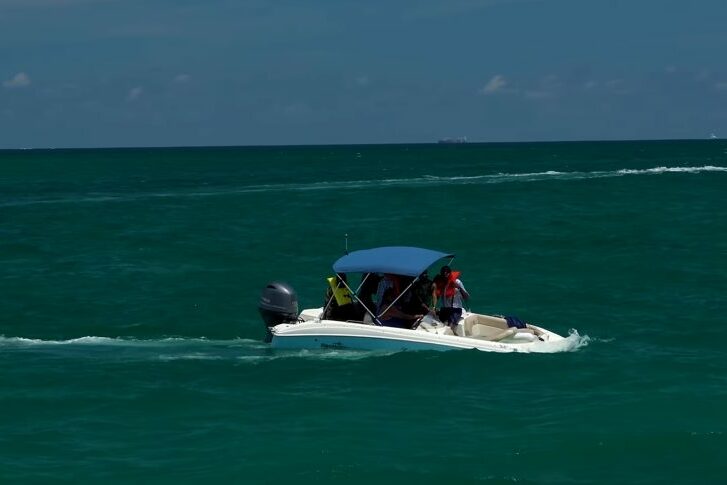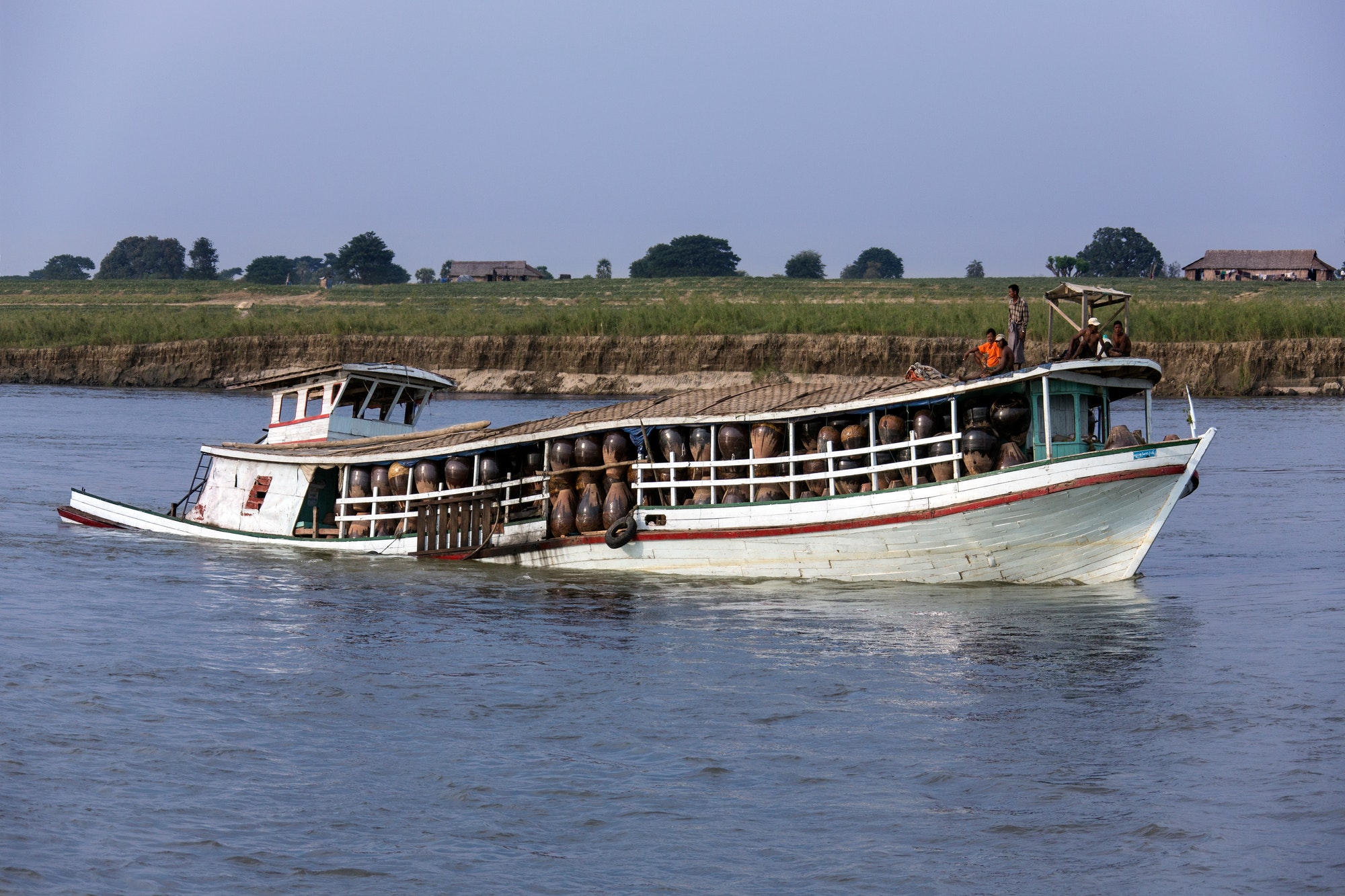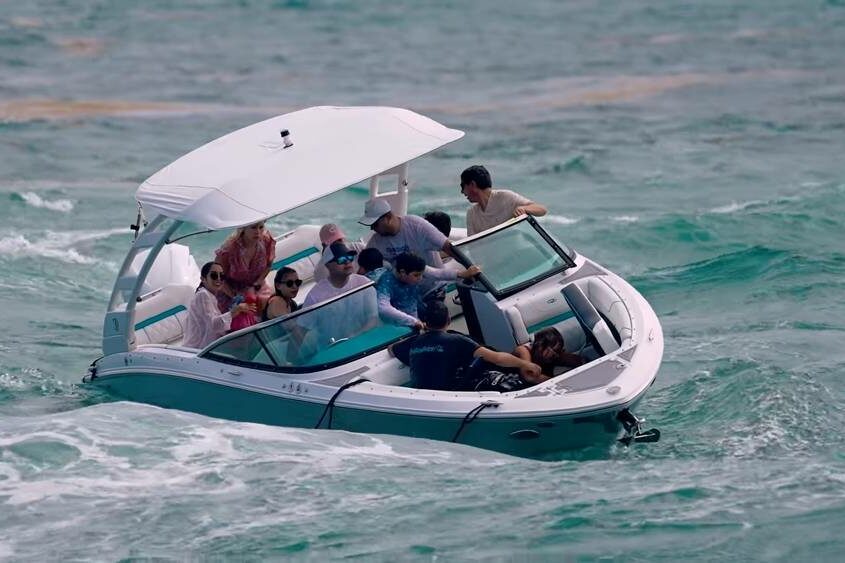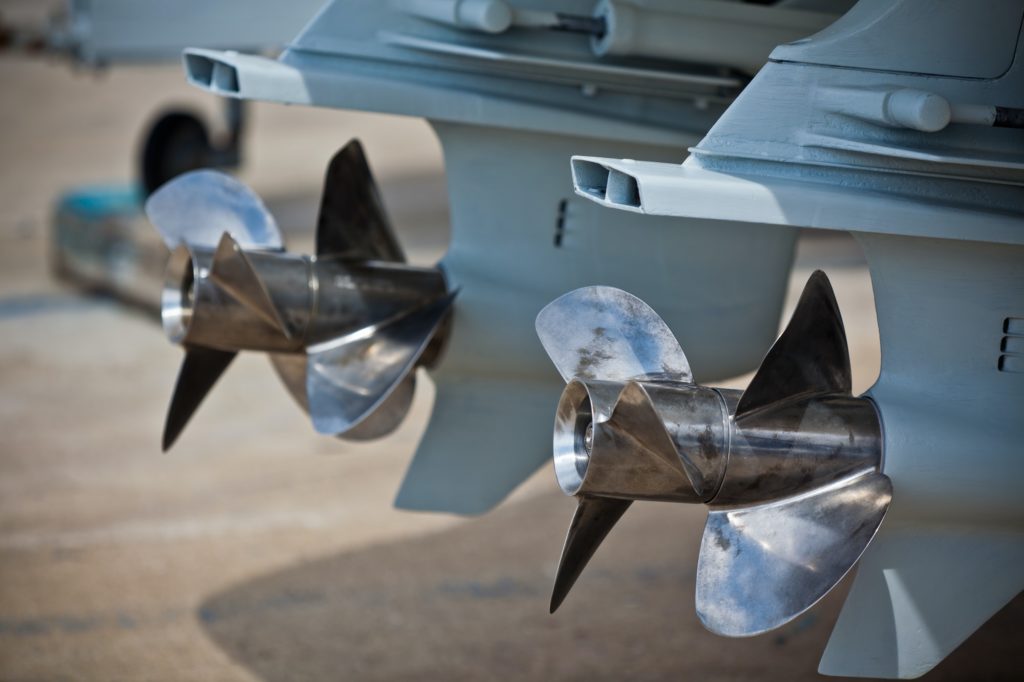When you set out on a boating expedition, it becomes paramount to prioritize your safety and guarantee that your watercraft is loaded correctly. Going overboard with the weight on your boat can result in unsettling instability and decreased ability to navigate easily and could even pave the way for untoward incidents. This informative piece aims to delve into the finest methods to steer clear of overburdening your vessel, thus assuring you a pleasurable and secure sojourn on the water.
Understanding the Importance of Proper Loading
Boat overload is when the weight of passengers or goods exceeds what your boat was built to support. This can cause the vessel to tip over, causing it to sink like a rock! Boat overload is more common on recreational boats than on commercial ships due to the number of people involved in each trip.
Loading your boat correctly is not just about convenience; it’s a matter of safety. Overloading a boat can lead to instability, poor handling, and potentially capsizing. Understanding how to distribute weight and staying within your boat’s capacity is essential for a smooth and secure boating experience.

Ways to Avoid Overloading Your Boat
1. Knowing Your Boat’s Capacity
Every boat is equipped with a manufacturer’s recommended weight capacity, which is determined by factors such as its size, design, and buoyancy. This crucial specification outlines the maximum load that your boat can safely carry. Before embarking on any journey, take the time to become acquainted with this capacity. This knowledge will prevent the risk of overloading your boat, ensuring a safe and enjoyable outing on the water.
2. Calculating Weight Distribution
Maintaining proper weight distribution is fundamental to upholding your boat’s stability. As you load your boat, it’s imperative to arrange heavier items in a way that positions them low and near the center. This strategic placement minimizes the chances of your boat becoming top-heavy, a condition that can lead to instability and tipping hazards. By adhering to this principle, you significantly enhance the overall safety and balance of your vessel.
3. Packing Essentials Only
While the desire to pack an array of conveniences is strong, adhering to a principle of packing only essentials is paramount for ensuring boat safety. Focusing on necessary items curbs the accumulation of unnecessary weight, which can affect your boat’s performance and safety. By adopting a minimalist approach to packing, you not only streamline your boating experience but also bolster the vessel’s stability and handling capabilities.
4. Distributing Weight Evenly
The even distribution of weight across your boat’s hull is a pivotal aspect of safe navigation. Failure to achieve a balanced load can result in your boat tilting to one side, rendering it vulnerable to taking on water. To mitigate this risk, conscientiously distribute weight from side to side. This practice sustains equilibrium and decreases the likelihood of imbalances that could compromise your boat’s stability.
5. Considering Passengers and Gear
When loading your boat, it’s essential to account for both passengers and equipment. The combined weight of these factors should be well within the recommended weight limit specified by the manufacturer. This prudent approach ensures that your boat operates within its safe parameters, delivering optimal performance and minimizing risks associated with overloading. Striking the right balance between people and gear adds an extra layer of safety to your boating endeavors.
6. Monitoring Changing Conditions
Staying attuned to fluctuating weather conditions and water levels is an integral part of responsible boating. What might constitute a safe load in tranquil waters can transform into a hazardous situation in choppy or unpredictable conditions. Be prepared to adjust your boat’s load to align with changing circumstances. This adaptive mindset is instrumental in safeguarding yourself, your passengers, and your vessel against unforeseen challenges.
7. Regular Maintenance for Optimal Performance
Consistent upkeep and maintenance are essential prerequisites for optimal boat performance, particularly when operating under varying loads. Routinely inspecting for leaks and confirming buoyancy ensures that your boat remains reliable and efficient even when carrying a load. A well-maintained boat excels in its handling, stability, and overall safety, making maintenance a cornerstone of responsible boat ownership.
8. The Role of Safety Equipment
Integral to any boating excursion is the presence of essential safety equipment. Items such as life jackets, fire extinguishers, and distress signals contribute not only to your safety but also to your boat’s total weight. Consequently, when loading your boat, it’s crucial to consider the weight of safety equipment. This consideration further emphasizes the importance of staying within your boat’s recommended weight capacity while ensuring you’re prepared for unforeseen emergencies.
9. Navigating with Caution
Even with meticulous attention to loading and weight distribution, the significance of cautious navigation cannot be overstated. Employing prudent navigation practices, such as avoiding sudden maneuvers and remaining alert to other vessels, is central to preventing accidents and maintaining a safe boating environment. By exercising sound judgment and vigilance, you actively contribute to the safety of yourself, your passengers, and fellow boaters.

What happens when you overload your boat?
Overloading your boat is not a good idea and can cause some serious problems for you. Here I stated some of the problems that may occur if your boat is overloaded:
Decrease in Speed
When you overload your boat, it becomes slow in movement and causes strain on the engine. This is because you are putting more weight on the boat than it can handle, making it difficult for the engine to move everyone and everything around. The longer the journey, the more strain put on the boat’s engine, so avoid overloading your vessel if possible.

Boat May Capsize
When you overload your boat, it increases the chances of capsizing. Capsizing is phrased used for a boat. This is turned over to one on either side. This is because when a boat is overloaded, the center of gravity shifts, which can cause the boat to turn over. In order to avoid this from happening, it is important to follow capacity plate instructions and not overload your vessel.
If you do happen to overload your boat and it does capsize, there are several things that you need to be aware of:
- First, try to remain calm and wait for help. Do not panic or attempt any stunts that could put you in further danger.
- Second, make sure that all passengers are wearing a life jacket – this will increase their chances of survival if they don’t know how to swim.
- Third, if the boat isn’t sunk completely, don’t try to swim away from it. Just hold onto it till the help arrives.
Overloading a boat can have serious consequences for both you and your passengers. Therefore, it’s best practice to avoid transporting heavy loads in poor weather conditions and distribute weight evenly throughout the boat.

The boat engine and other Parts may falter.
The benefit of avoiding overloading is that it ensures a safer journey for everyone involved. When a boat is overloaded, it puts more pressure on the engine and other mechanical parts. This can lead to mechanical faults, which may be challenging to repair. It’s important to remember that overloading your boat endangers your life and the lives of those aboard you. So always consider the weight and capacity of your boat before adding any extra load.

FAQs
How do you determine a boat’s capacity?
It would be best to consider a few factors when determining how many people your boat can hold. The size and type of your boat, the number of seats on the vessel, and additional gear you may need to bring along are all important considerations.
What is a capacity plate, and where is it located?
A capacity plate is a device that helps enforce the number of passengers on board. It is typically located at deck level near the doors, though it may also be mounted on the wall or ceiling.
The contents of a capacity plate may vary depending on the type of boat. For example, boats under 20 feet long must have a capacity plate, while sailboats and personal watercraft do not need one. Capacity plates are located near the helm or on a boat’s transom.
Boat weight is regulated by the state and is meant to decrease the likelihood of overloading a boat or causing an accident. If you are in one of these states, exceeding the weight limit might result in a ticket; otherwise, it is not enforced.
What does a Boat capacity plate indicate?
A capacity plate is a regulatory sticker found on boats that indicates the weight capacities for passengers, gear, and horsepower. The sticker also has an assumption of an adult weight of 150 pounds.
The capacity plate helps identify how much weight your boat can handle before overloading. When your boat reaches its max gross load, it won’t be easy to control and navigate. This is why having a capacity plate is essential–so you are aware of your boat’s limitations and can avoid overloading it.

